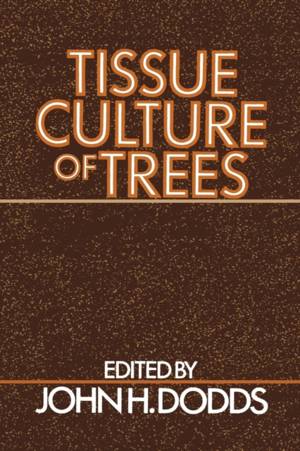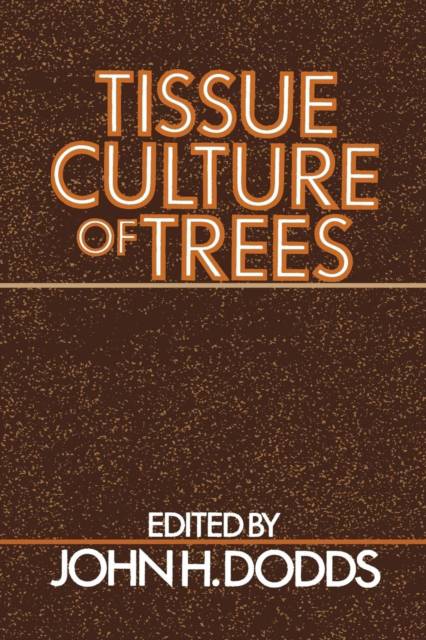
- Afhalen na 1 uur in een winkel met voorraad
- Gratis thuislevering in België vanaf € 30
- Ruim aanbod met 7 miljoen producten
- Afhalen na 1 uur in een winkel met voorraad
- Gratis thuislevering in België vanaf € 30
- Ruim aanbod met 7 miljoen producten
Zoeken
Omschrijving
1 John H. Dodds The culture offragmen ts of plant tissue is not a particularly new science, in fact as long ago as 1893 Rechinger (1893) described the formation of callus on isolated fragments of stems and roots. The culture of plant tissues in vitro on a nutrient medium was performed by Haberlandt (1902), however, his attempts were unsuccessful because he chose too simple a medium that lacked critical growth factors. Over the last fifty years there has been a surge of development in plant tissue culture techniques and a host of techniques are now avail- able (Dodds and Roberts, 1982). The major areas are as follows. Callus Culture Callus is a rather ill-dermed material. but is usually described as an un- organised proliferating mass of tissue. Although callus cultures have a great deal of potential in the biotechnological aspects of tissue culture, i.e. secondary product formation, they are not very suitable for plant propagation. The key reason for their unsuitability is that genetic aber- rations occur during mitotic divisions in callus growth (D'amato.l965). The aberrations can be of a major type, such as aneuploidy or endo- reduplication. It follows therefore that the genetic status of the re- generated plants is different from that of the parent type. In general terms this genetic instability is undesirable, but there are occasions when a callus stage can be purposely included to diversify the genetic base of the crop.
Specificaties
Betrokkenen
- Auteur(s):
- Uitgeverij:
Inhoud
- Aantal bladzijden:
- 147
- Taal:
- Engels
Eigenschappen
- Productcode (EAN):
- 9781468466935
- Verschijningsdatum:
- 23/03/2012
- Uitvoering:
- Paperback
- Formaat:
- Trade paperback (VS)
- Afmetingen:
- 156 mm x 234 mm
- Gewicht:
- 231 g

Alleen bij Standaard Boekhandel
+ 213 punten op je klantenkaart van Standaard Boekhandel
Beoordelingen
We publiceren alleen reviews die voldoen aan de voorwaarden voor reviews. Bekijk onze voorwaarden voor reviews.








